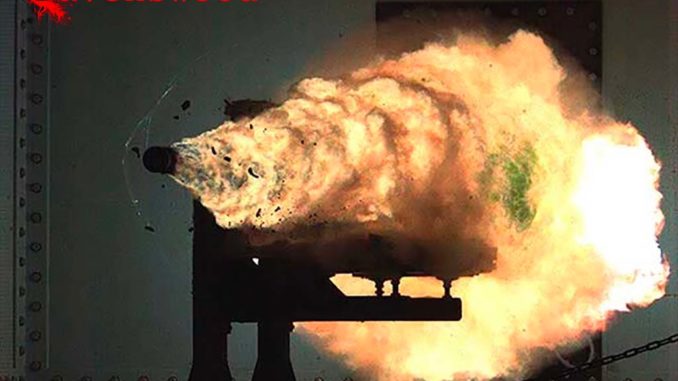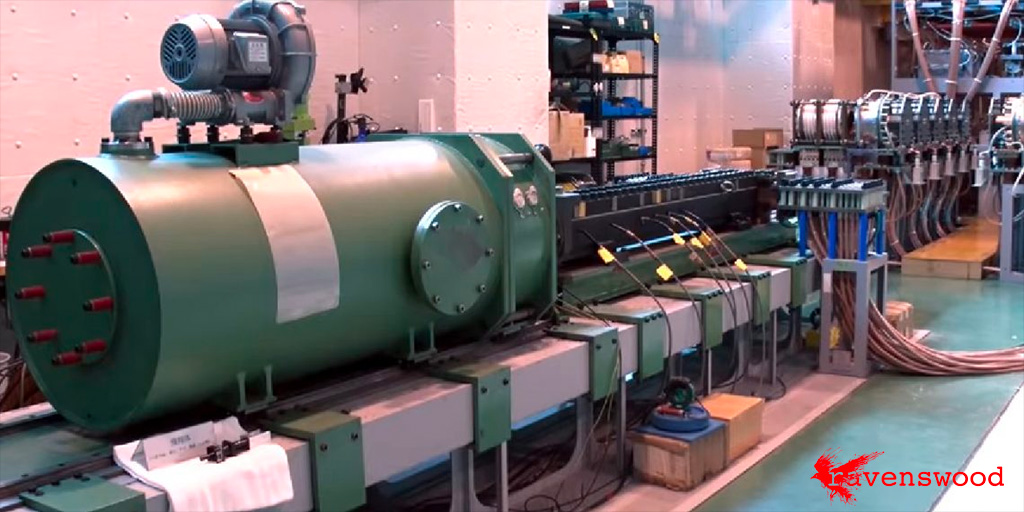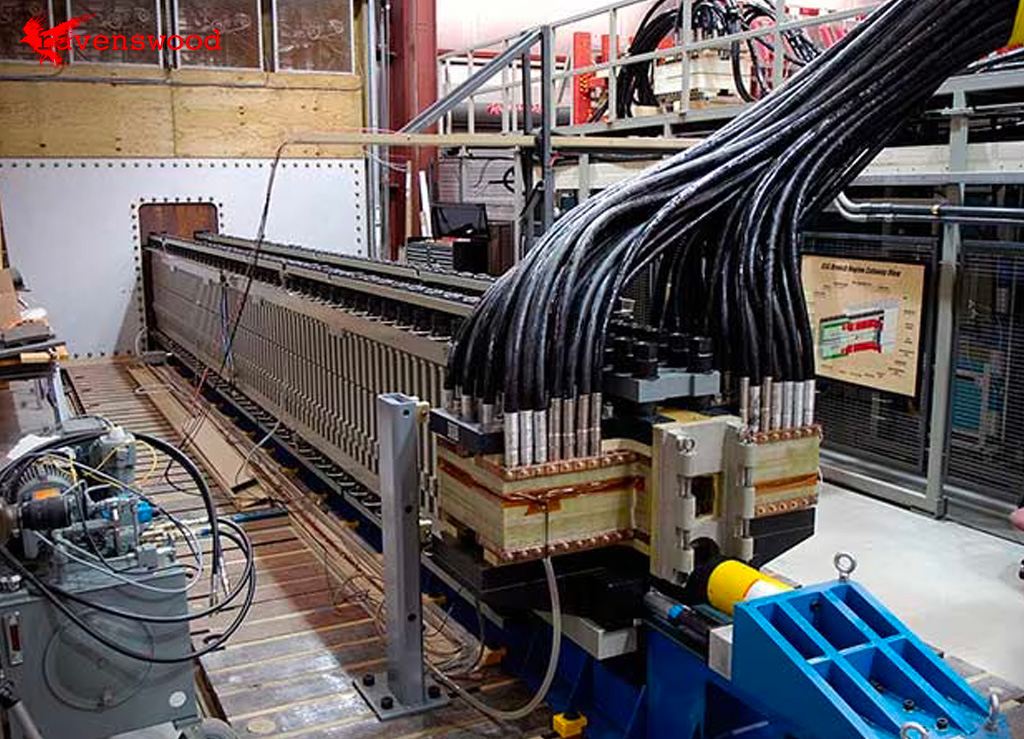
Japan’s Ministry of Defense plans to develop a means of intercepting enemy hypersonic missiles using magnetic projectiles, learned BulgarianMilitary.com, citing Nikkei Asia.

In this way, Japan responds to the fact that countries such as China, North Korea, and the Russian Federation are actively developing their hypersonic weapons.
It is now known that the Japanese Ministry of Defense plans to commission the development of electromagnetic guns – it is believed that railgun should be an effective means of combating hypersonic missiles: such systems can fire continuously, and projectiles will fly faster than conventional interception systems.
The new system should strengthen Japan’s missile defense capabilities, which military experts call a “hole in Japan’s defense.” Overall, the country plans to supplement the railgun with the country’s current missile defense system.
For example, Japan is known to plan to deploy reconnaissance satellites into orbit to capture hypersonic missiles, as well as use long-range missiles to destroy enemy launchers.
It is noted that the development of “anti-hypersonic” railgun in Japan is planned to be completed in the second half of 2020 and by 2030 to adopt this system.

What is a railgun?
A railgun is a pulsed electrode mass accelerator that converts electrical energy into kinetic energy using the Lorentz force. It emerged as a modification of the Gaussian cannon, capable of launching shells of any material and without the need for complex control and safety devices. Railgun is a promising weapon.
The railgun consists of two parallel electrodes, called rails, connected to a source of high-power direct current. An electrically conductive projectile or projectile carrier [armature] is located between the rails, closing the electrical circuit. “Armature” acquires acceleration under the action of the Lorentz force, which occurs when the circuit is closed in an excited increasing current magnetic field. A “reinforcement” can also be a clot of conductive plasma, which turns into a foil placed between the rails. When the “armature” is pushed by Lorentz force at the ends of the rails, the electrical circuit opens.
Railguns in orbit have the potential to be an effective weapon for destroying enemy missiles or protecting against asteroids. Also, railguns can launch cargo into orbit directly from the planet’s surface. In addition, they are suitable for initiating fusion or melting reactions of metals by colliding their samples at high speed.
